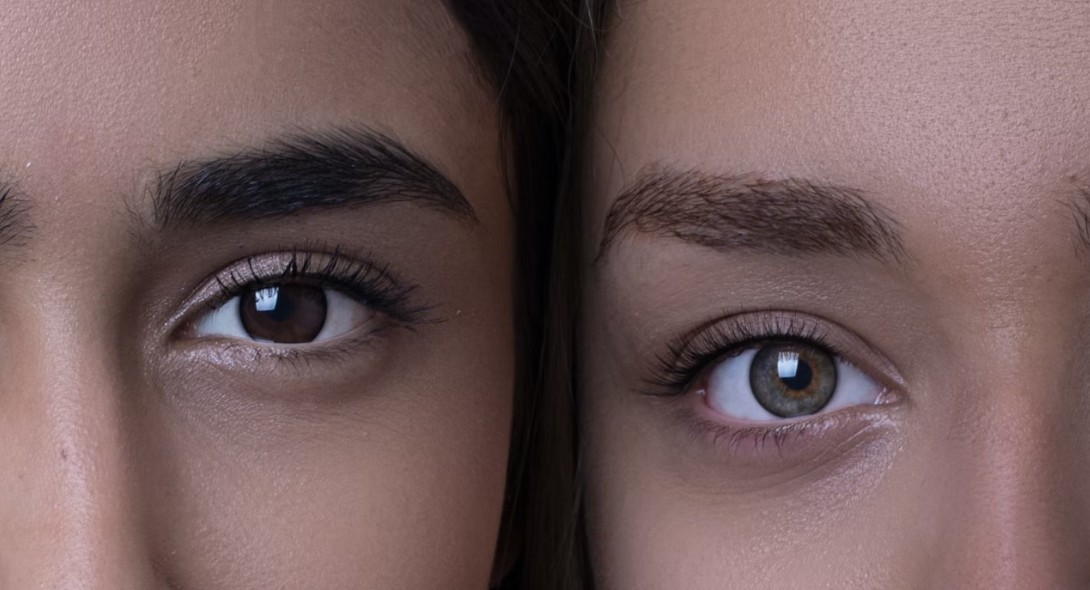The short answer is no, color blindness doesn’t get worse over time. However, some conditions such as age related macular degeneration or cataracts can certainly lead to a worsening of your color blindness―especially in the more severe types of red-green color blindness. But by itself, color blindness doesn’t change over time.
What causes people to be color blind?
The most common cause of color blindness is a genetic abnormality. When someone has two copies of an abnormal gene, one from each parent, they have a high chance of having one of these conditions:
Red-green color blindness: This type is caused by an absence or malfunctioning of red or green cones in the retina. People with this condition may have trouble distinguishing between certain shades and hues of red and green.
Blue-yellow color blindness: This type is caused by an absence or malfunctioning of blue cones in the retina. People with this condition may have trouble distinguishing between certain shades and hues of blue, yellow and sometimes even violet.
Most forms of red-green and blue-yellow color blindness are inherited. These are what is known as congenital colorblindness – meaning that it is present from birth. However, there are also many cases in which people acquire color vision deficiency later in life due to eye disease or injury, medications and other causes.
Can being color blind get better with age?
People with the inherited forms of congenital red-green or blue-yellow colorblindness will not see any improvement in their condition with age. Sometimes the loss of visual acuity that comes with advancing age (presbyopia) will make it harder for people who are already somewhat red-green or blue-yellow deficient to distinguish certain shades of those colors from each other due to their reduced ability to distinguish fine detail in general. But this is not an actual change in their colorblindness itself―just an exacerbation of its effects by a reduction in visual acuity.
Can you suddenly become Color blind?

You can suddenly become color blind if you experience brain injury, stroke or head injury.
- Brain injury: A blow to the head, such as from a car accident or sports injury, can cause permanent damage to the optic nerve. The affected person will be unable to see colors correctly since they are not able to transmit signals between the eyes and brain properly.
- Stroke: When someone has a stroke, they may lose vision in part of their field of vision or become color blind entirely. This is due to a lack of blood flow getting to certain areas of their brain that process visual information such as sight and color recognition.
- Brain tumor: Some tumors in certain parts of your body can cause serious problems with your eyesight including becoming completely color blind for periods at a time even though this often goes away once treatment begins on these types of issues so that you can regain full functionality back again soon after being treated properly beforehand too!
Can you slowly go colorblind?
In short, the answer is yes. You can slowly go colorblind but your vision may not be affected until later in life.
For example, you might have been able to see red as a child and then noticed that it took longer for you to find the red crayon from among the other colors in your box of 24 crayons when you were older. Or maybe a friend once pointed out that they couldn’t always tell what color shirt their friend was wearing because they couldn’t distinguish between the blues and greens on their friend’s shirt. These are subtle signs of color blindness, which could indicate that you may eventually become fully colorblind (although there are also other causes).
Is color blindness progressive?

No. Color vision deficiency is not a progressive condition and is not expected to get worse over time. This means that as you age, your color blindness should not change or worsen with time. However, your color vision may be affected by certain conditions such as cataracts (clouding of the eye’s natural lens), glaucoma (increased pressure inside the eye), diabetes, or medications like steroids and antibiotics.
How do people become colorblind forever?
There are many causes of color blindness, but the most common include:
- Congenital (present at birth)
- Acquired later in life by injury or disease
- Acquired later in life by medications
Can you lose the ability to see color
Yes, color vision loss can be permanent. If you have been diagnosed with a color vision deficiency, your condition may worsen over time. That being said, it’s important to know that there are several different types of color vision loss and the one you have may not be progressive.
For example, some people with tritanopia (the inability to distinguish reds from greens) will go through phases where their symptoms fluctuate depending on their stress levels and sleep cycles. This means that they might experience better or worse vision at different times during their day—but it won’t get gradually worse over time because there’s no underlying cause for the change in symptoms.
In other words: if you notice any changes in your ability to see colors consistently (e.g., it seems like your “red” is actually orange), this could indicate an underlying medical condition such as diabetes or glaucoma that needs treatment before any further damage occurs (and perhaps earlier than otherwise expected).
Conclusion
If you have color blindness, it’s important to remember that this condition affects not just your vision but also your ability to identify objects and distinguish between them. However, this doesn’t mean that your life is over once you find out that you can’t see in full color! There are many things people with colorblindness can do to improve their ability to recognize colors and objects–especially if they use assistive devices such as special glasses or apps on their phones.

